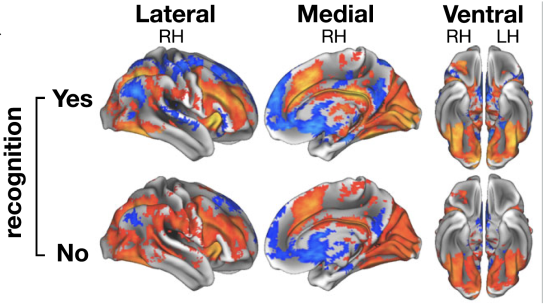Predictive Mechanisms in Neural Perception

Speaker:
Biyu Jade He, PhD
Assistant Professor, Neuroscience Institute
Department of Neurology, Radiology, Neuroscience & Physiology
Abstract:
Visual perception is much more than what meets the eye. It is the brain’s active inference about what’s out there. In this talk, Dr. He will cover recent studies from her laboratory tackling the relevant neural mechanisms in human subjects using a combination of 7 Tesla functional magnetic resonance imaging (fMRI), magnetoencephalography (MEG) and invasive electrophysiology. These studies have revealed that prior knowledge embodied in latent memories (as encoded in synaptic connectivity) and active neuronal dynamics (as reflected in spontaneous activity and top-down feedback) powerfully shapes our conscious perception. These findings have broad implications for understanding the interactions between perception and memory, and perceptual disorders such as hallucinations.
Biyu He received her Ph.D. in Neuroscience from Washington University in St. Louis. Prior to joining NYU as Assistant Professor, she led her own independent research group in the intramural research program of the NIH/NINDS, with an intramural equivalent of the NIH Director’s Early Independence Award. Her laboratory uses a combination of multimodal human brain imaging, brain stimulation, and computational approaches to investigate the neural mechanisms of perceptual processing in the human brain. She has also made original contributions to understanding the functional roles of spontaneous brain activity and aperiodic brain activity. She has received a Society for Neuroscience Trubatch Career Development Award, an NSF CAREER Award, a Leon Levy Neuroscience Fellowship, a Klingenstein-Simons Fellowship Award, an Irma T. Hirschl Career Scientist Award, and the 2023 Vilcek Prize for Creative Promise in Biomedical Science.


